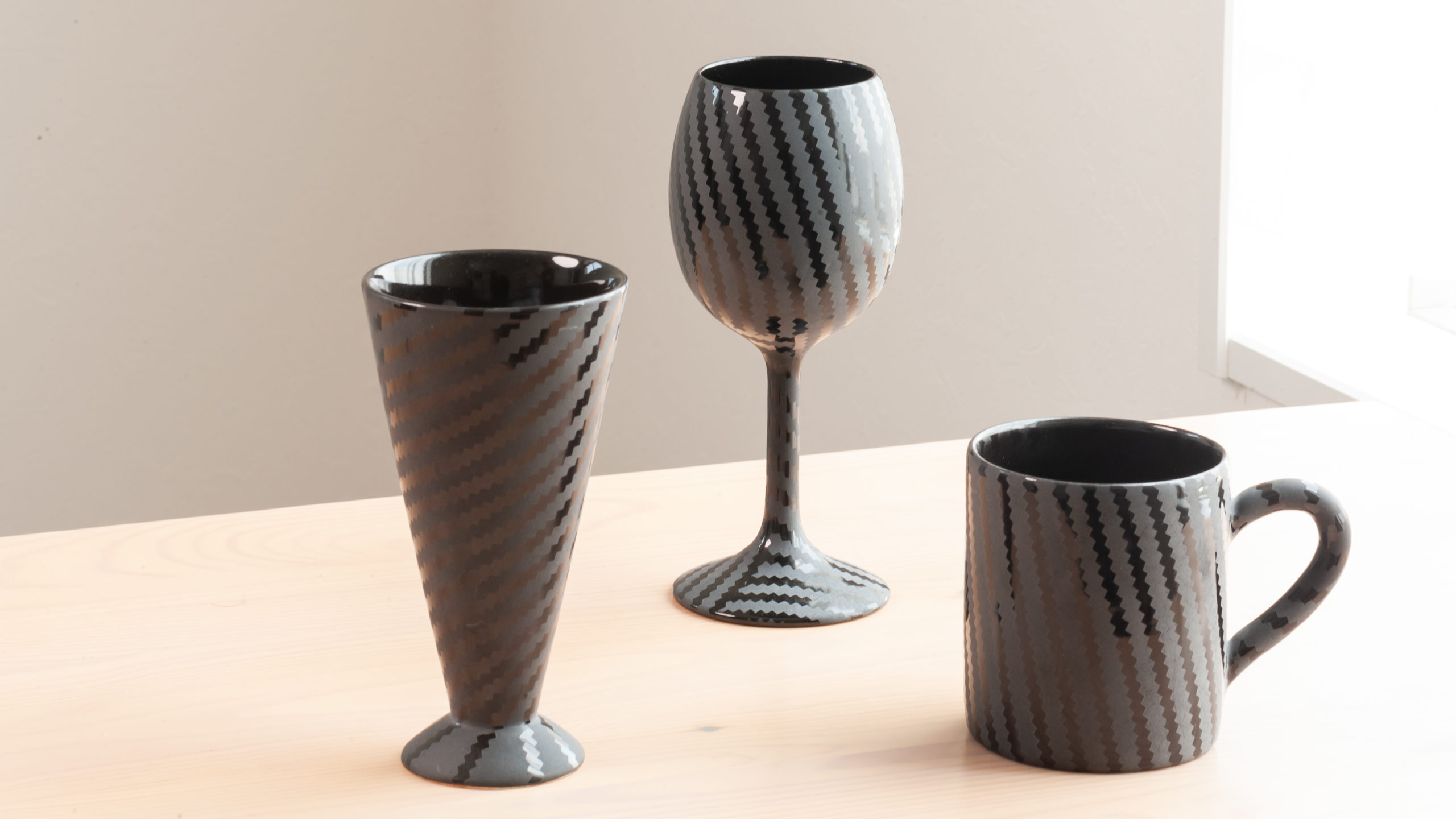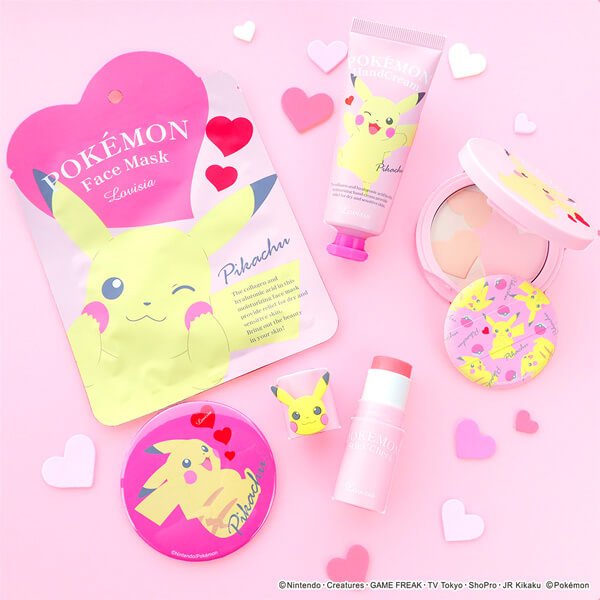First landing in Japan. A note made of “real wood” that highlights the beauty of 10 natural trees carefully selected from around the world. A handmade dish using natural wood by the London-based brand “Bark & Rock”.
The brand’s first-selling product in Japan is a novel notebook that makes use of the characteristic patterns of various trees to create a “tree” as a notebook. The wood used is collected from all over the world, and the most attractive and beautiful looking parts are processed and manufactured.

Each expression is different depending on the tree varieties and the environment in which they grew up, so this is exactly one point. The more you use it, the more it tastes, the more its texture and color change over time, the more attractive it becomes as you become your own. The notebook inside is removable, with ruled lines and solid refills (sold separately). You can use it for a long time, not just once. The package has a classy design with a British atmosphere, so it is perfect for gifts.

Product details
Size: A5 size / B5 size
Price: 14,000 yen ~ * Varies depending on size and type of wood
10 types of wood
①Royal Ebony
It is used for high-quality wood products and decorations because of its scarcity and beautiful grain, and is known as a typical precious wood.
②Smoked Eucalyptus Pommele
Also known as Southern Blue Gum. It is an evergreen broad-leaved tree of the family Myrtaceae that originates in Australia and New Zealand.
③Amboyna Burr
The name comes from “Ambon Island” in Indonesia, from which many precious woods are said to be exported. Karin nodules are considered one of the most expensive and valuable items compared to trees with other nodules, and are mainly used for interiors, musical instruments, knife handles, and fine accessories.
④Pepperwood Burr
It is distributed in Peru and Brazil in South America. The swirling pattern is characteristic. Warm colors and vivid patterns) are popular.
⑤Olive Ash Burr
Mainly inhabits Europe and West Asia. Ash is characterized by contrasting shades of bright and dark areas and ripple-like heathers. It is often used for furniture and interiors because of its scarcity and beauty.
⑥Elm Burr
A complicated heather like a swirl is characteristic.
⑦Maple Bird’s Eye
A deciduous tree of the genus Maple. Boiled sap is used as maple syrup. Trees are used for furniture because of their robustness. Native to Eastern Canada and Eastern United States. The swirling wood and bright wood are very beautiful.
⑧Ziricote
It is distributed in Central and South America such as Mexico. It has both the wavy pattern of European walnut wood and the hardness and color found in rosewood wood.
⑨Tamo Ash
Although ash is distributed in Hokkaido and Honshu, it is particularly popular in Hokkaido and is actively planted. It is said that a characteristic pattern with beautiful luster was born to withstand the extreme cold weather.
⑩Tigerwood
It is distributed in Brazil and Peru in South America, and Mexico, Guatemala and Honduras in Central America. It has slightly dark brownish patches and black streaky stripes.
* Some wood names may vary depending on translation.

About purchase
It can be purchased at stores and online stores.
* Some products are not available at some online stores. Check the special feature page for details.
>Special page
Ginza Tsutaya Bookstore










































